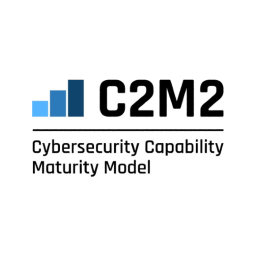C2M2

Summary
The Cybersecurity Capability Maturity Model (C2M2) is a tool for evaluating and improving cybersecurity. It focuses on the implementation and management of cybersecurity practices associated with information, information technology (IT), and operations technology (OT) assets and the environments in which they operate. The version used in this section is C2M2 v2.1, June 2022.
Definitions
free trial
Search for vulnerabilities in your apps for free with Fluid Attacks' automated security testing! Start your 21-day free trial and discover the benefits of the Continuous Hacking Essential plan. If you prefer the Advanced plan, which includes the expertise of Fluid Attacks' hacking team, fill out this contact form.